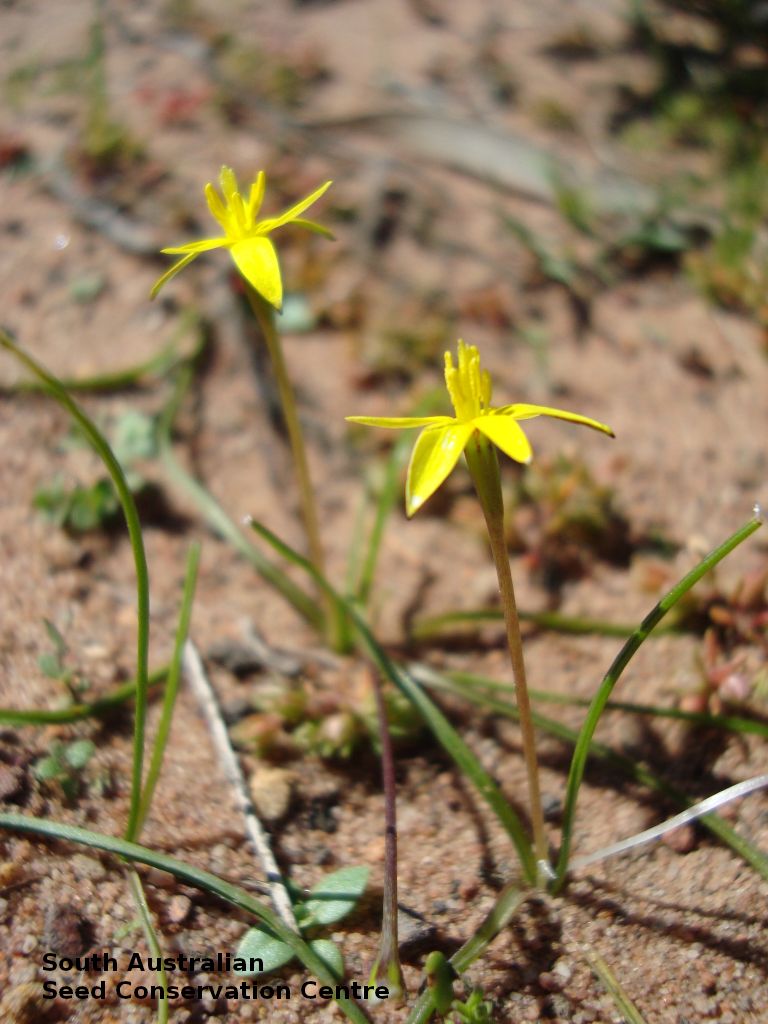
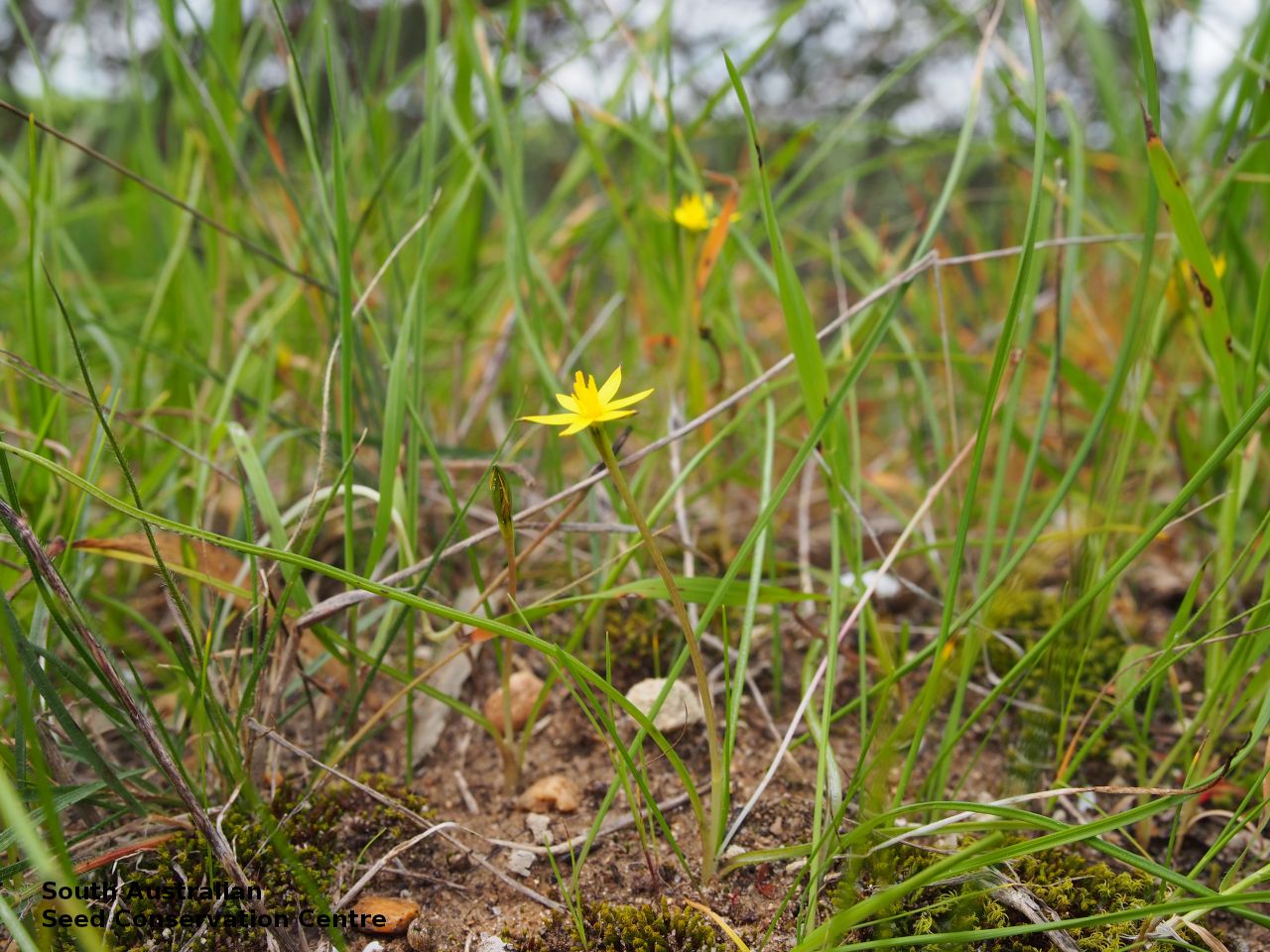
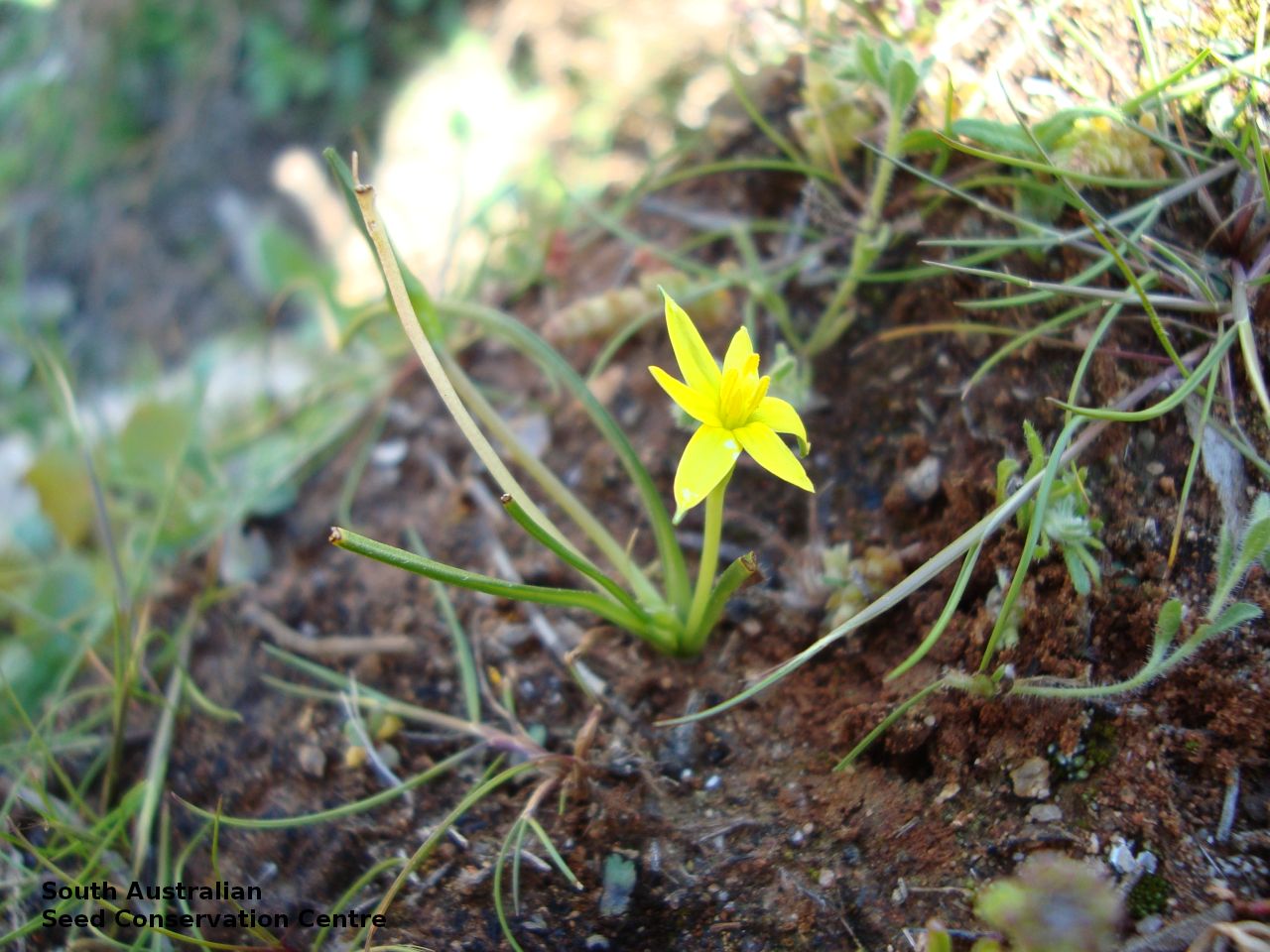
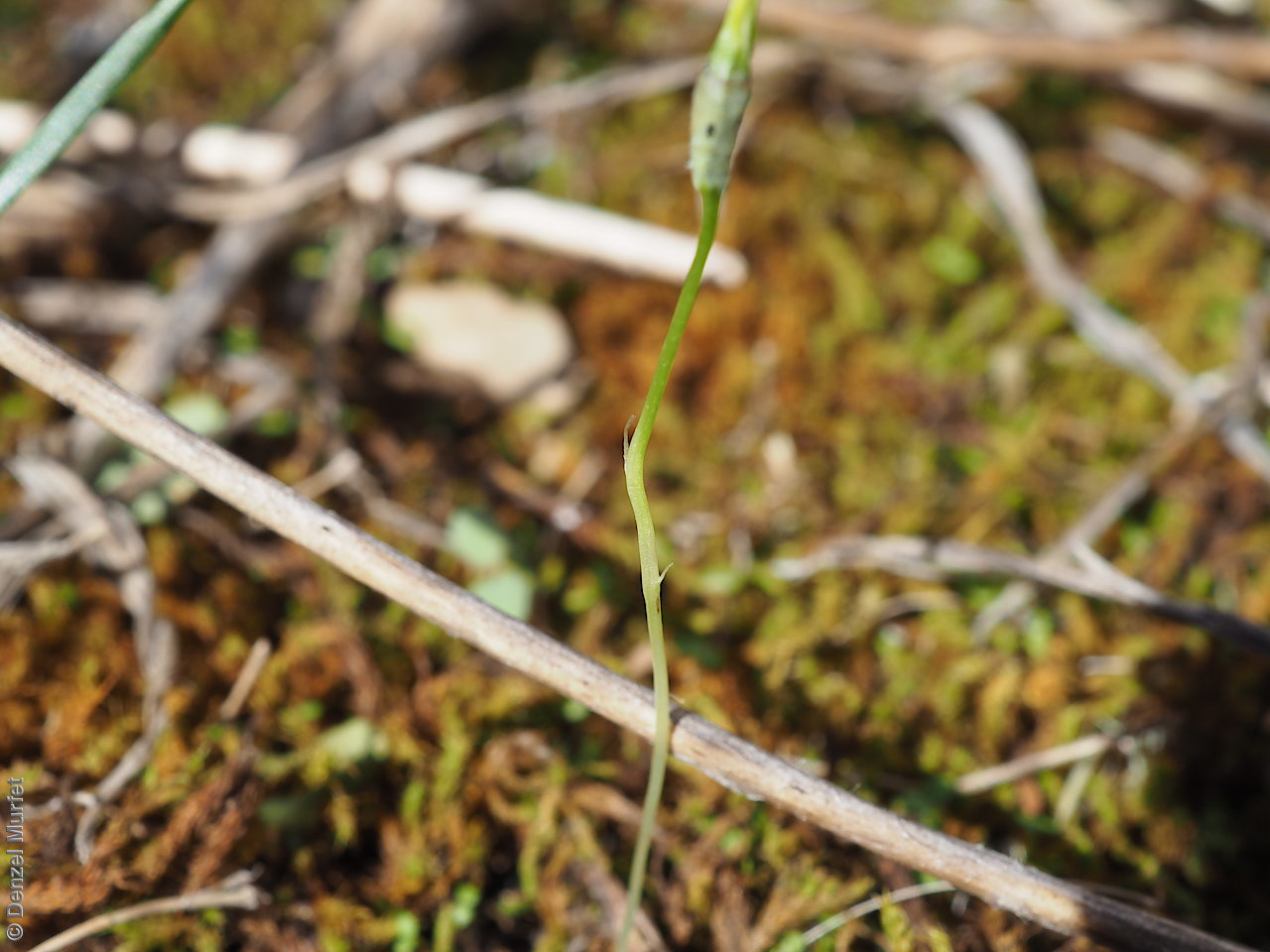
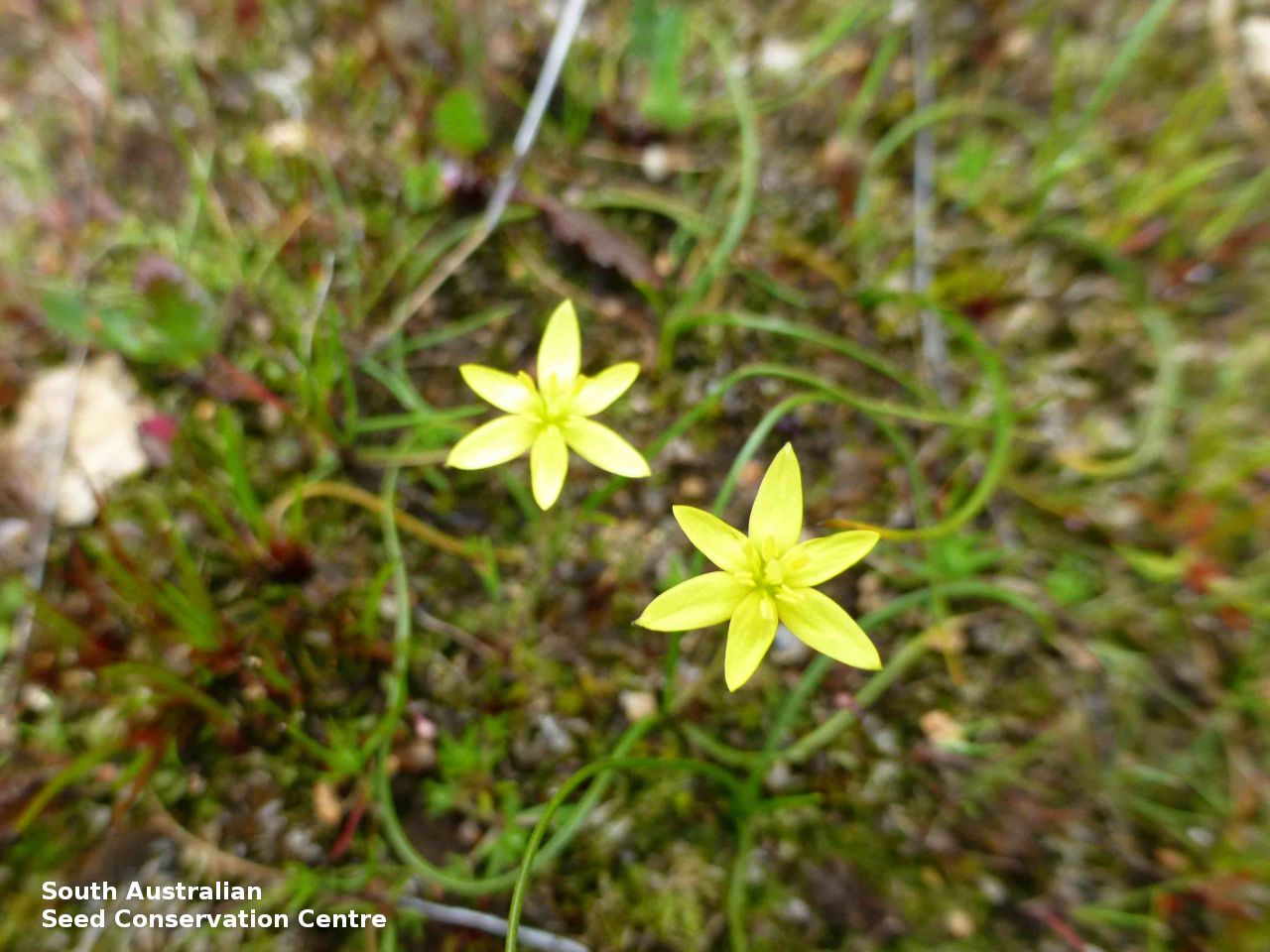
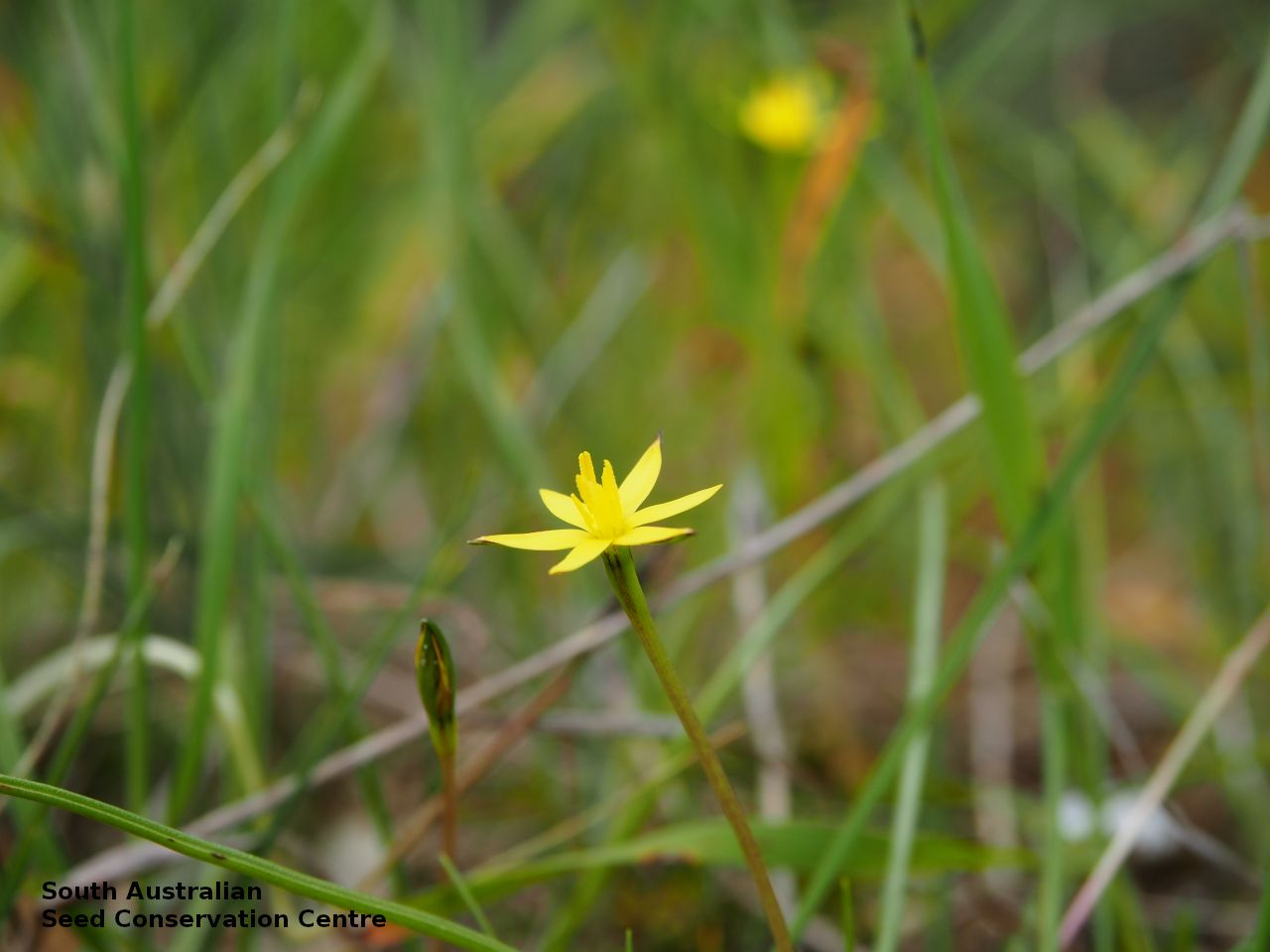
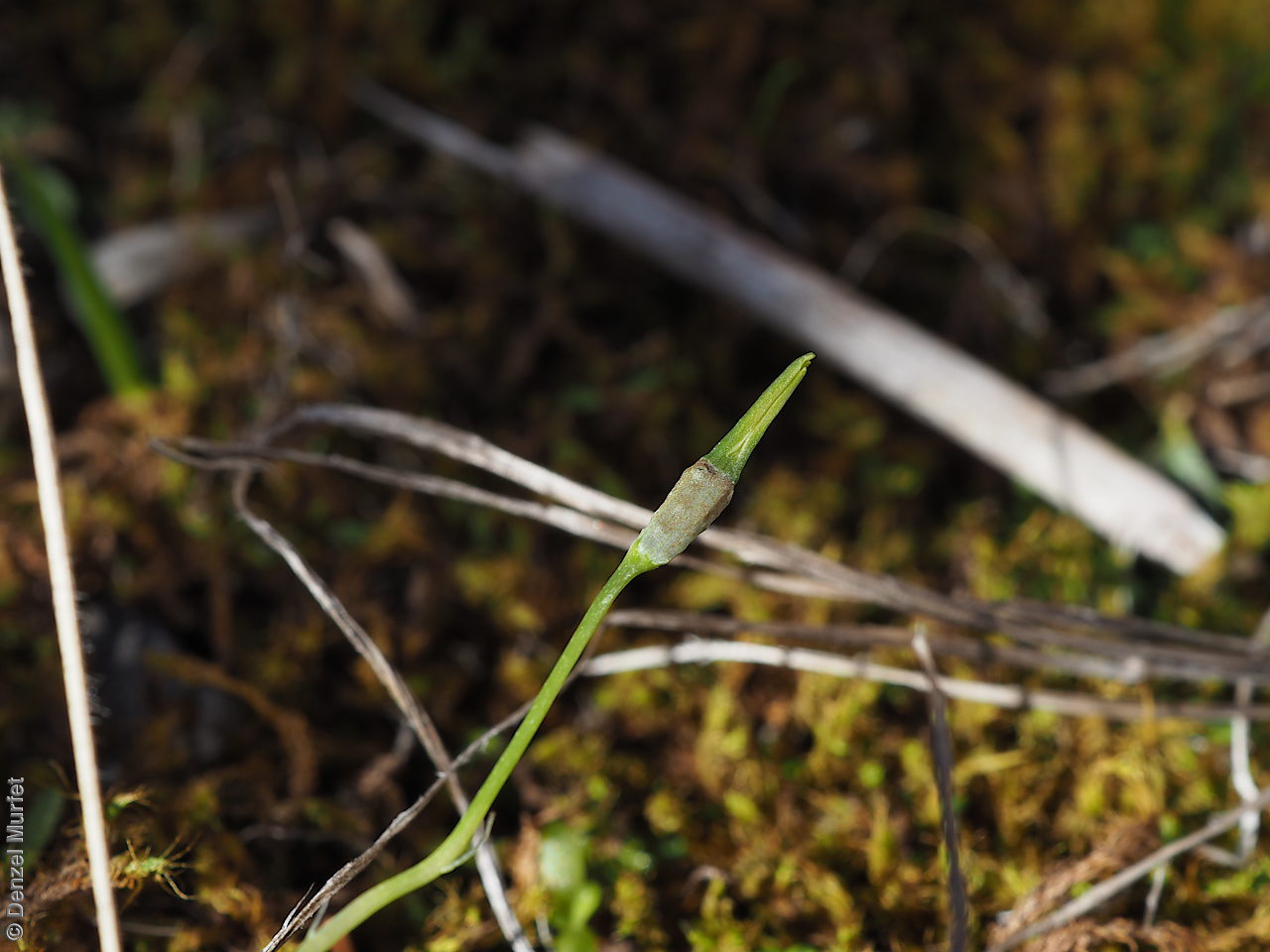
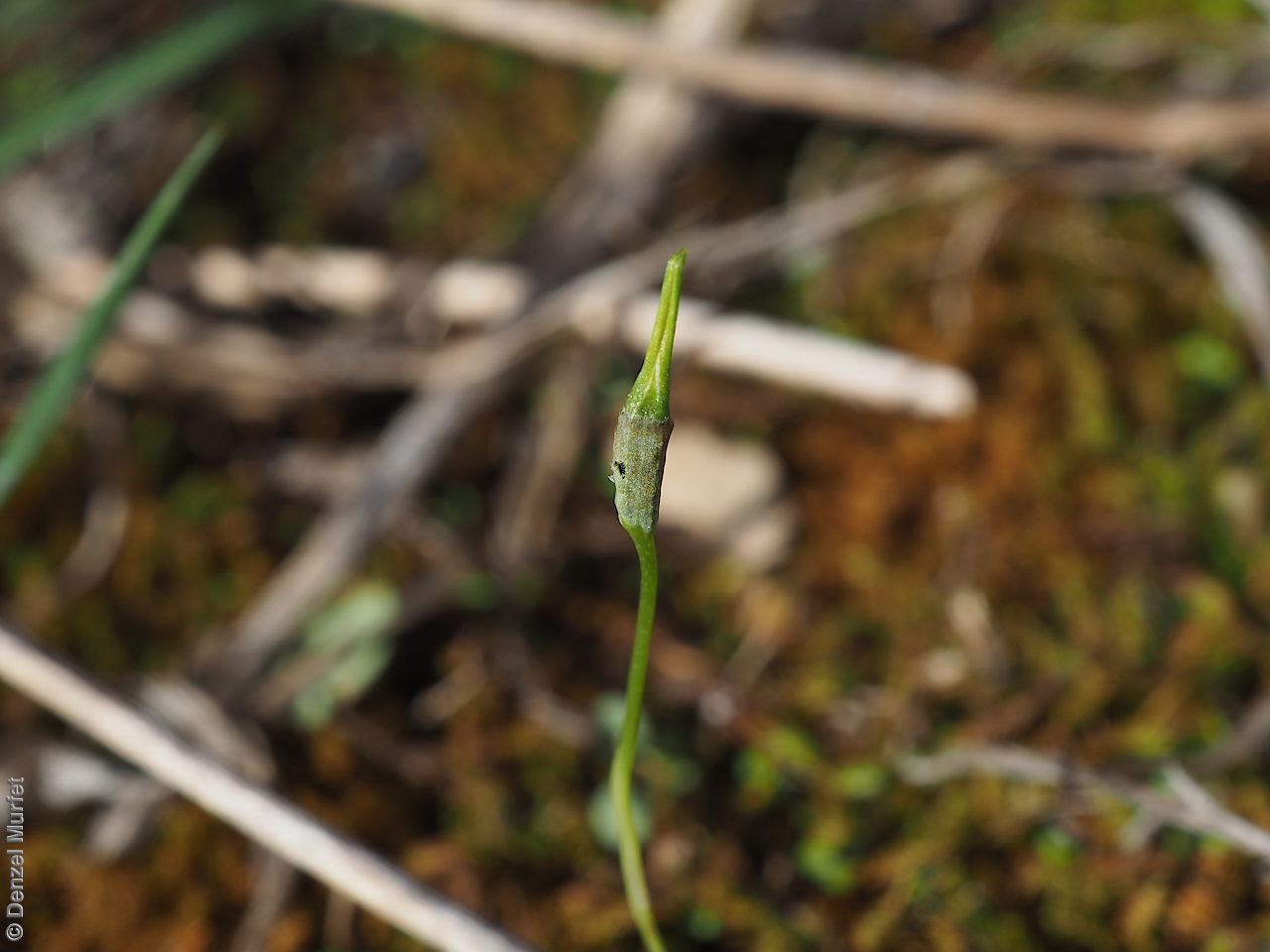
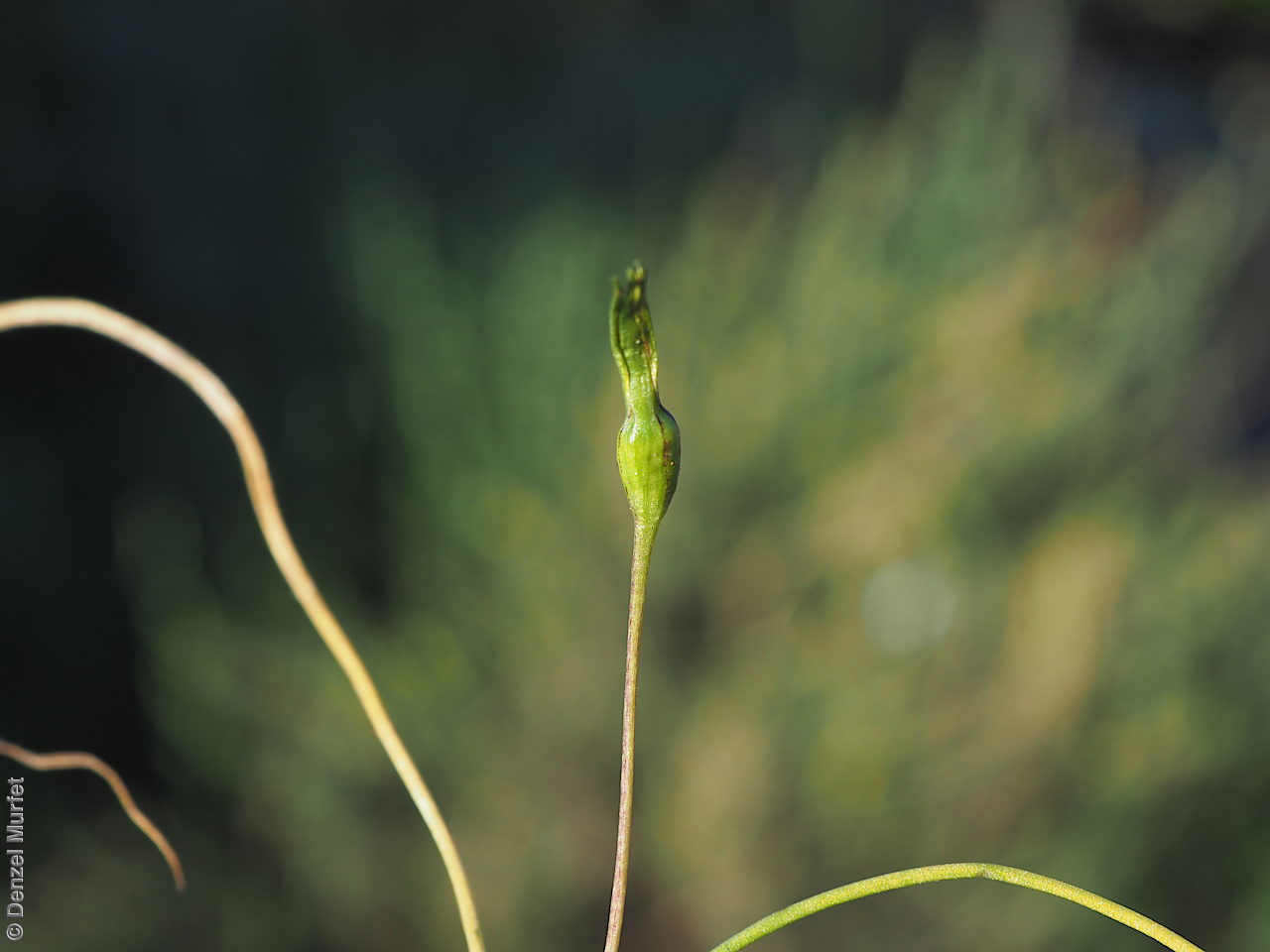
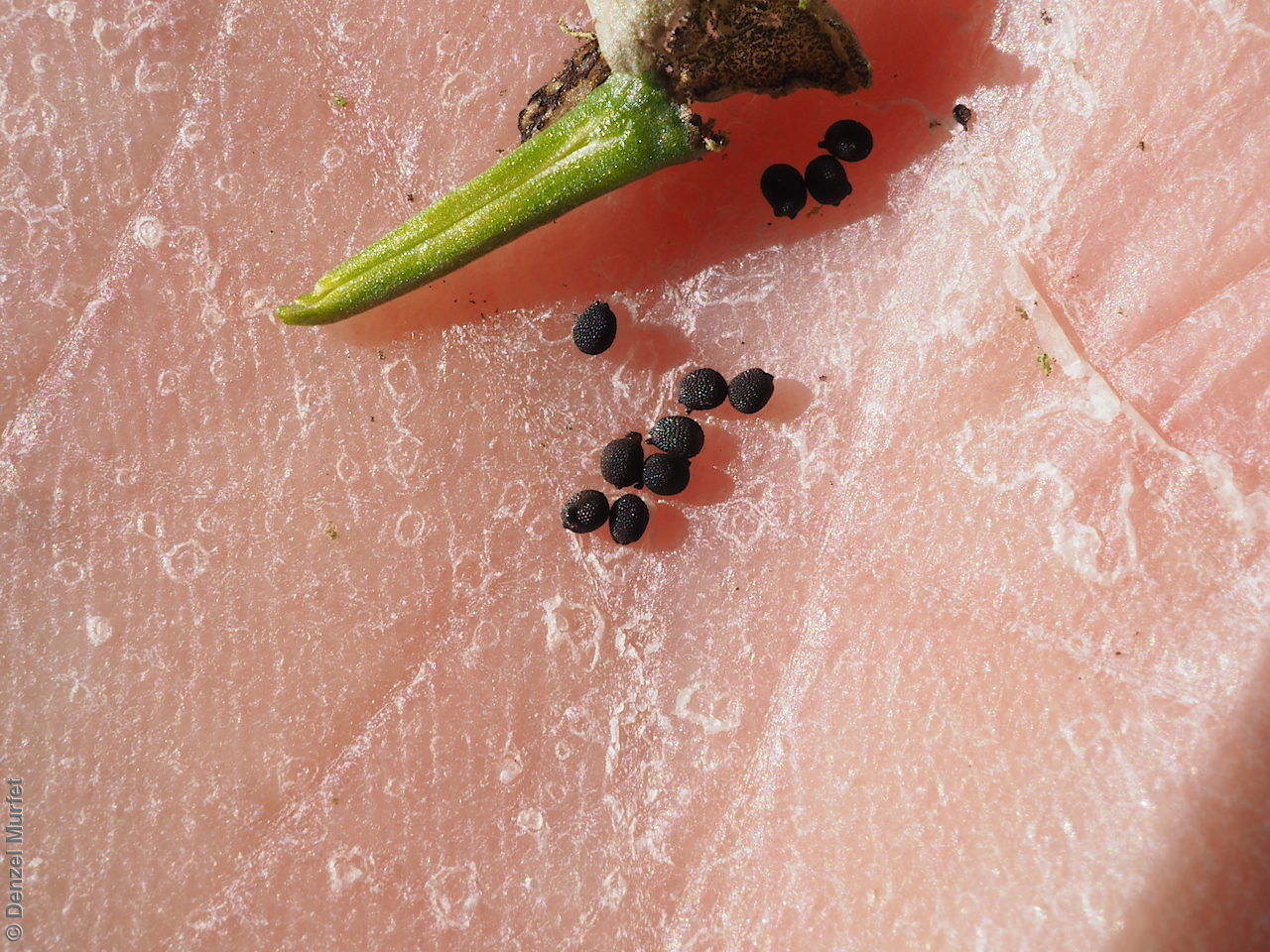
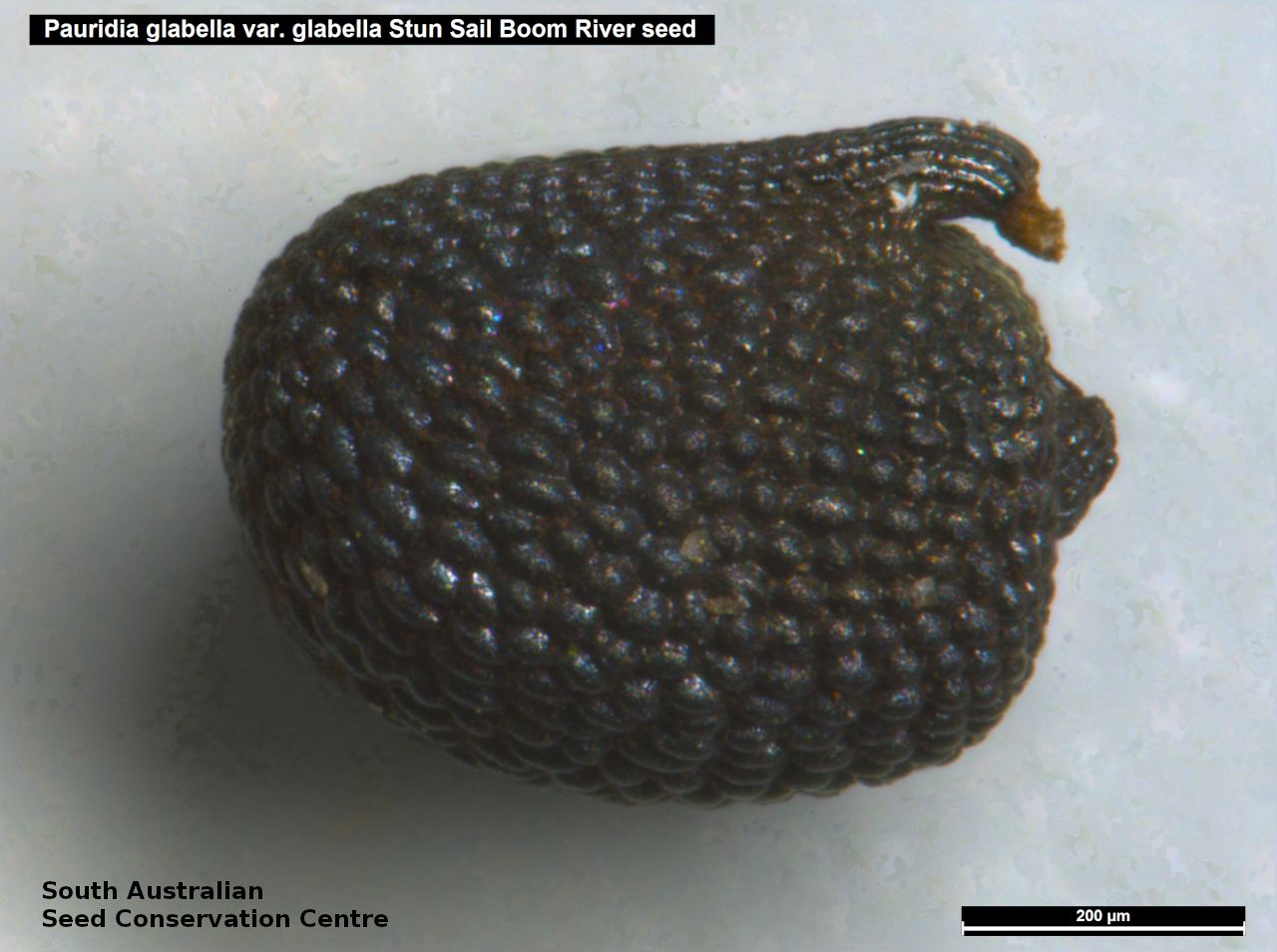
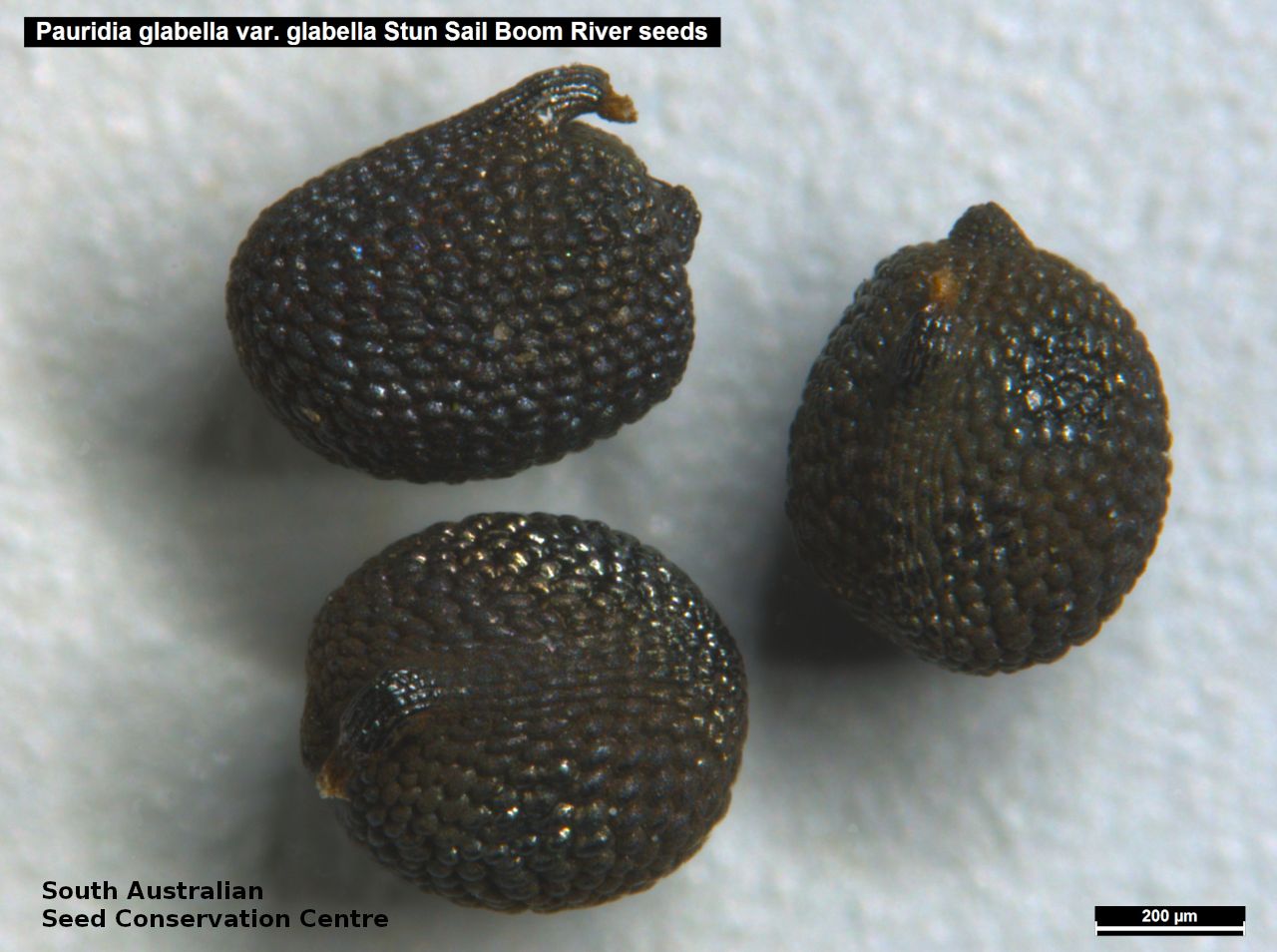
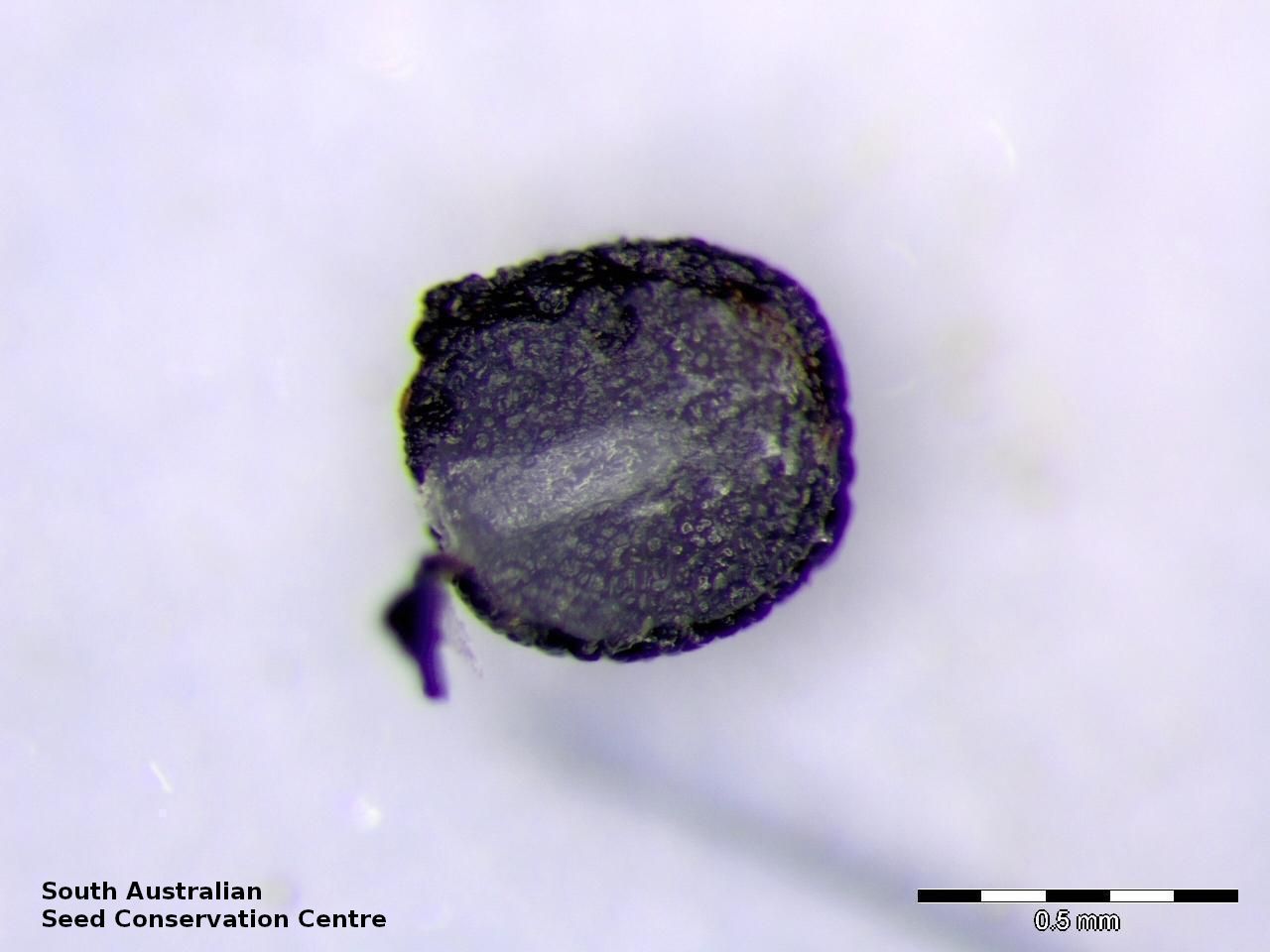
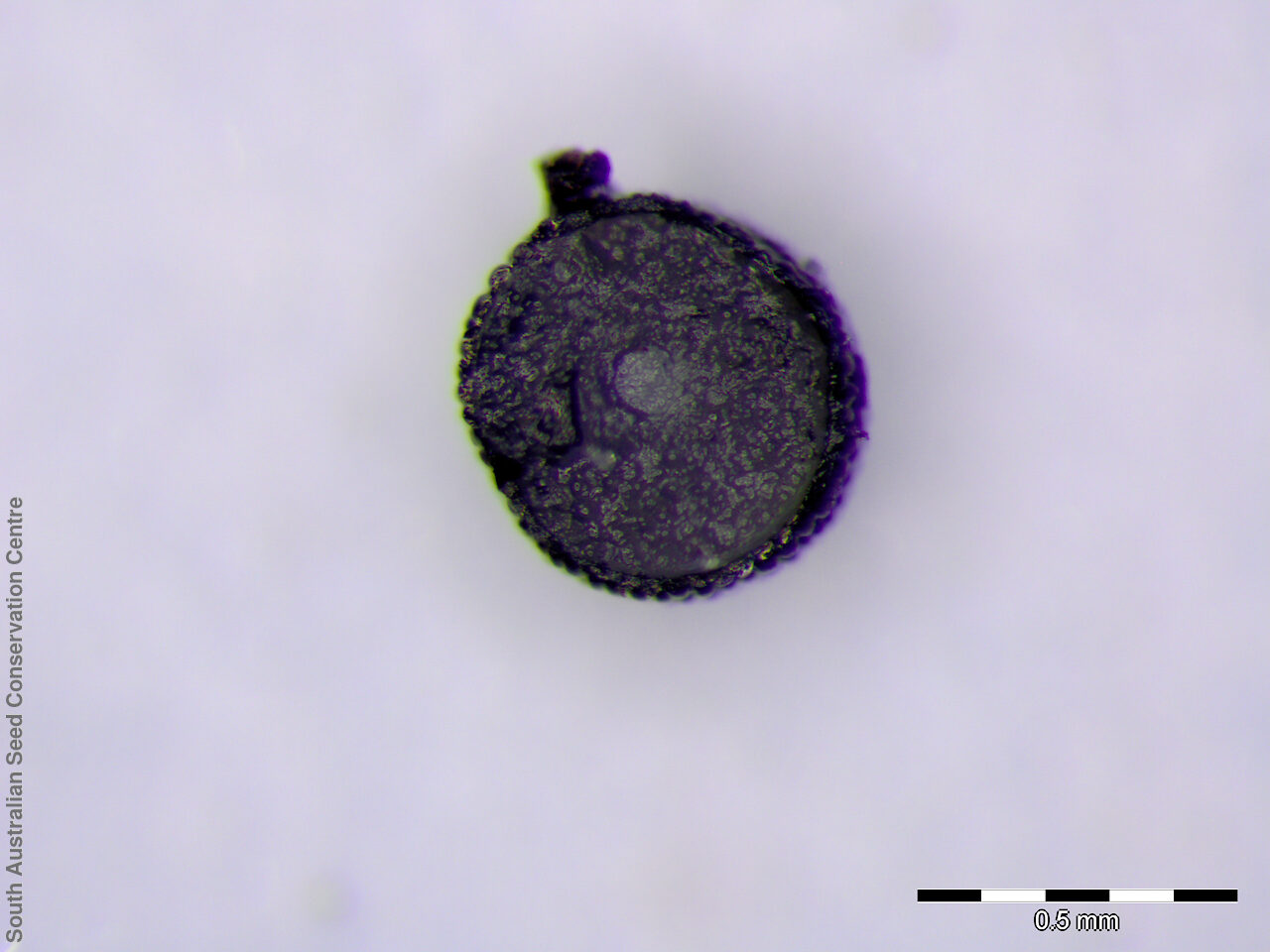

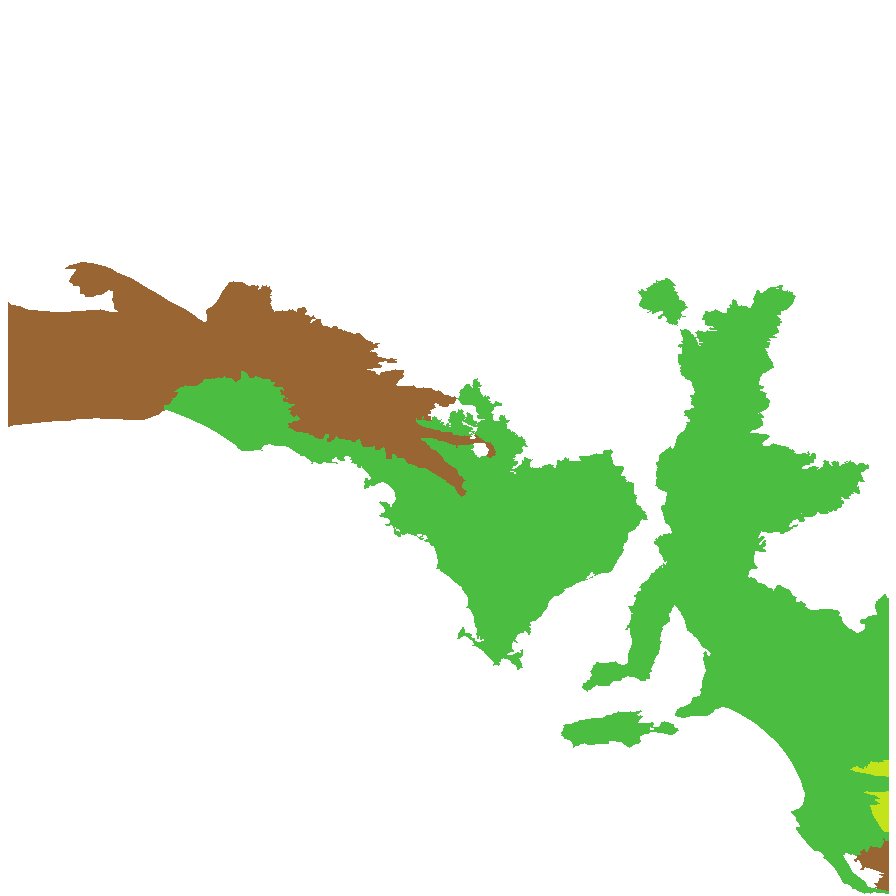
Botanical art
Prior names
Hypoxis glabella var. glabella
Hypoxis hookeri
Hypoxis pusilla, nom.illeg.
Common names
Tiny Yellow-star
Tiny Star
Etymology
Pauridia from the Greek 'pauros' or 'pauron' meaning small, referring to the small habit of some species in the genus (formerly Hypoxis, from the Greek 'hypo' meaning beneath and 'oxys 'meaning sharp and applied by Linnaeus in the sense of "acute beneath"; referring to the fruit capsule which is contracted at the base). Glabella from the Latin 'glaber' meaning smooth or hairless.
Distribution and status
Found across the southern part of South Australia growing in grassland, grassy woodland and in ephemeral herb fields. Also found in Western Australia, New South Wales, Victoria and Tasmania. Native. Common in South Australia. Common in the other States.
Herbarium regions: Lake Eyre, Nullarbor, Flinders Ranges, Eastern, Eyre Peninsula, Northern Lofty, Murray, Yorke Peninsula, Southern Lofty, Kangaroo Island, South Eastern, Green Adelaide
AVH map: SA distribution map (external link)
Plant description
Glabrous herbs to 25 cm high growing each year from an underground corm (to 1 cm). Leaves linear, to 25 cm long and 1 mm wide, with a channel on the inside. Inflorescence, 1�4 stalks to 20 cm long, with 1 or 2 yellow flowers per inflorescence, to 7 mm wide. Flowering between July and September. Fruits are brown ellipsoid capsule to 7 mm long, containing numerous tiny black seeds. Seeds are very tiny round black seed to 0.6 mm long and covered in small dimples. Seed embryo type is linear underdeveloped.
Seed collection and propagation
Collect seeds between September and November. Collect mature capsules, those drying off and turning brown with black seeds inside. Slightly greener capsules can be collected if the seeds inside are fat, hard and black. Place the capsules in a tray and leave to dry for 1-2 weeks depending on the the stage of the capsules. Then rub the capsules with your fingers to dislodge the seeds. Use a sieve to separate the unwanted material. Store the seeds with a desiccant such as dried silica beads or dry rice, in an air tight container in a cool and dry place. From two collections, the seed viability was high, ranging from 85% to 95%.
| Location | No. of seeds (weight grams) | Number of plants | Date collected | Collection number Collection location | Date stored | % Viability | Storage temperature |
|---|---|---|---|---|---|---|---|
| BGA | 1,790 (0.41 g) | 50 | 16-Nov-2007 | RJB74292 Southern Lofty | 19-Sep-2008 | 95% | -18°C |
| BGA | 4,700 (0.55 g) | 100+ | 9-Sep-2009 | DJD1550 Flinders Ranges | 1-Jun-2010 | 85% | -18°C |
Number of plants: This is the number of plants from which the seeds were collected.
Collection location: The Herbarium of South Australia's region name.
% Viability: Percentage of filled healthy seeds determined by a cut test or x-ray.